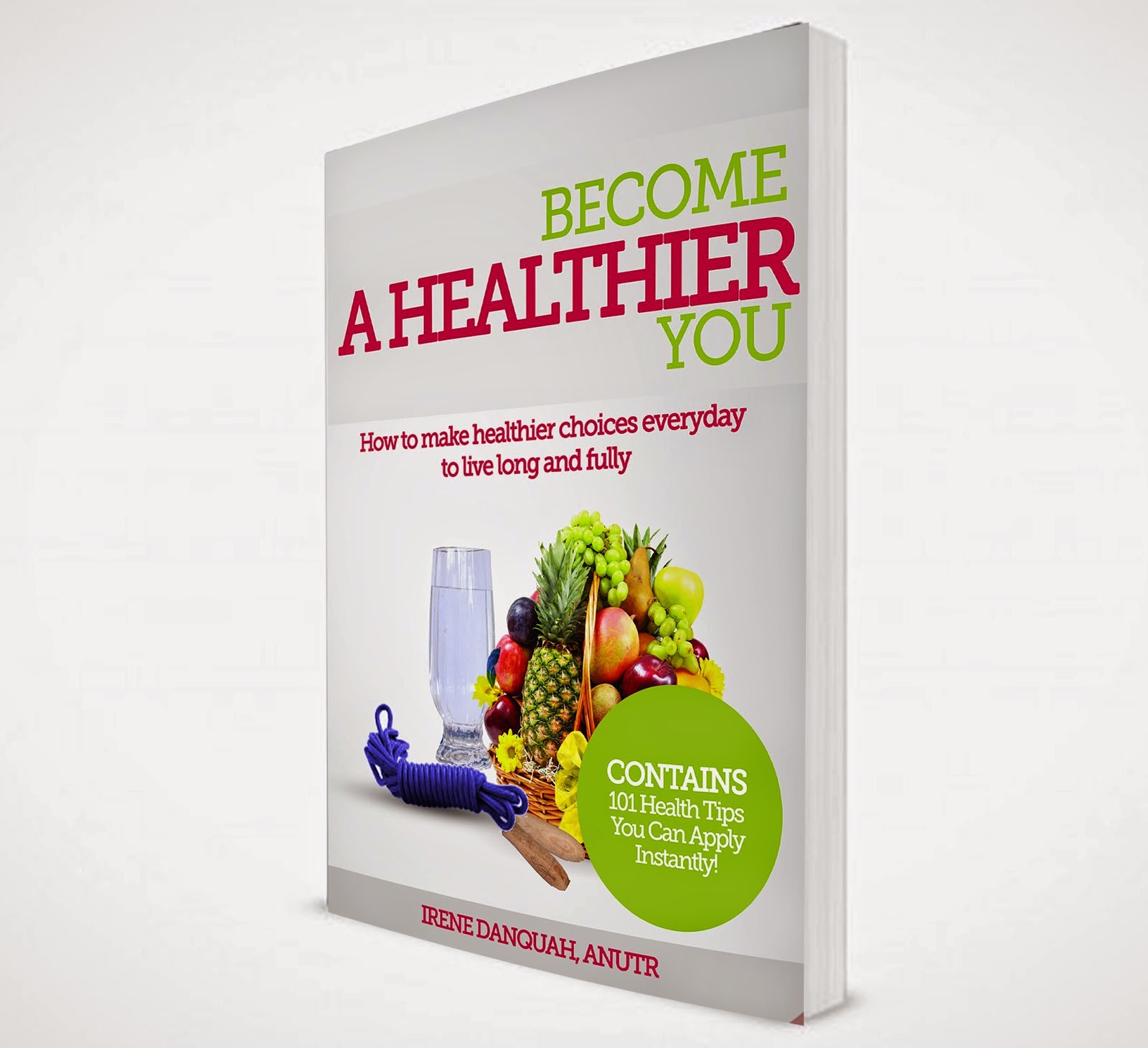Fruits and vegetables are important part of our diet and including them in the diet ensures that we have nutrients such as Vitamin B and C as well as fibre to protect us from diseases that include; heart diseases, some cancers, diabetes etc.
It is therefore very important to ensure that they are safe and nutritious for consumption to prevent food poisoning and to provide all the nutrients they contain. Below are tips to keep fruits and vegetables safe and nutritious for our diet.
When buying fruits and vegetables;
1. Look out for fruits and vegetables that are being sold in cool and clean places as well as places where thy are not being exposed to direct sunlight.
2. Avoid fruits and vegetables that have been bruised, especially when they will not be eaten immediately as they may be contaminated. Contaminated food can lead to food poisoning.
3.Check the label on the fruit/vegetable if it has been provided. The label will provide you with information on the best before or used by dates. This will inform you on when to use the fruit/vegetable, how long to store and even whether to purchase the food item.
4. Never go for fruits and vegetables soaked in a basin of water as seen on some local markets. This is because the water can dissolve some of the important nutrients like Vitamin C, found in fruits and vegetables.
When preparing fruits and vegetables;
5. Wash fruits and vegetables properly by rubbing them under a bowl of water and washing the least soiled fruit and vegetable first and then washing again in another bowl of fresh water to ensure that they are rid of dirt. If possible, the final wash should be in brine or water with vinegar especially if it will be eaten raw or being used to prepare salad as this will ensure almost if not all microorganisms are eliminated to prevent food poisoning. Washing of fruits with skins such as banana and orange is also advisable.
6. Separate the layers of vegetables such as cabbage when washing in order to clean any dirt or organism that may be hidden in between layers.
7. Always wash fruits and vegetables before chopping and not the other way round. This way, dirt and microorganisms are not introduced to the food to be eaten.
8. Never leave fruits and vegetables in water for long as has been explained above.
9. Always use a clean knife and chopping board for chopping your fruits and vegetables to avoid cross-contamination. Chop fruits and vegetables in large chunks to reduce nutrient loss.
10. Fruits are vegetables are best eaten raw but where they are being cooked, they should be steamed rather than boiled. This maintains their nutritive quality. The water-soluble vitamins contained in them are easily destroyed by excessive heat and can easily leach into water. Also when eating them raw, ensure they are properly washed to avoid contamination that can lead to food poisoning.
When storing fruits and vegetables;
11. Keep fruits and vegetable especially cut ones in the fridge with a temperature below 5ºC.
12.Put cut or peeled fruits and vegetable in the fridge within 2 hours of cutting or peeling. When a cut or peeled fruit or vegetable has been left at room temperature for more than 2 hours, do not use.
Photo (above) credit: www.cnn.co.jp
Get more tips from the book, Become A Healthier You.
Get more tips from the book, Become A Healthier You.
About contributor
Irene Danquah, ANutr holds a BSc Biochemistry from the Kwame Nkrumah University of Science and Technology (KNUST), Ghana and an MSc Public Health Nutrition from the University of Southampton, UK. Irene is member of the UK Association for Nutrition (AfN) and the Ghana Nutrition Association. She is on the UK Voluntary Register of Nutritionists (UKVRN) as an Associate Nutritionist. Irene is the author of the book, Become A Healthier You. Like the World Bank, Irene also believes "Nutrition is an investment issue and improved nutrition is one of the major drivers of economic growth - World Bank, 2006".











